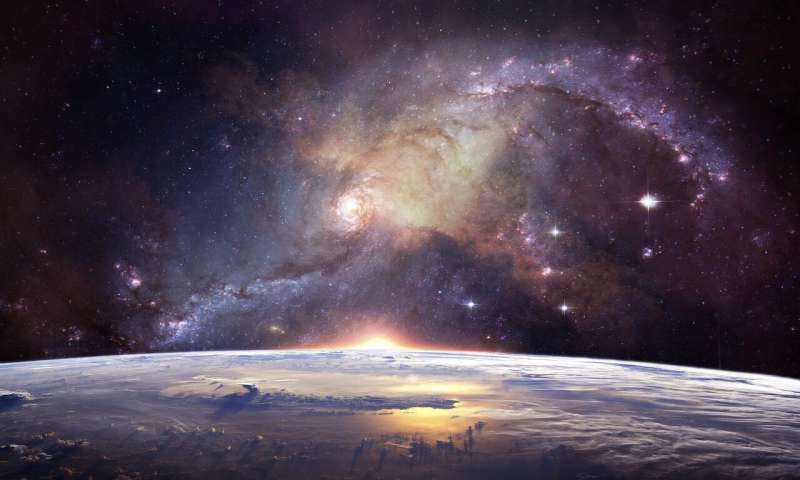"Understanding the near-Earth environment is a real challenge, but one we need to address, especially given our increasing use of satellites in everyday life and the focus on human space travel.
"Just as predicting storms here on Earth allows us to keep aircraft and passengers safe, predicting storms in space will allow us to ensure astronauts and satellites are protected from severe space weather events."
Professor Watt will work alongside post-doctoral research associate Dr. Oliver Allanson on the three-year Effects of Temporal Variability on Wave-Particle Interactions in Magnetospheric Plasma project.
They will use data collected by NASA's Van Allen Probes—two robotic spacecraft used to study the Van Allen radiation belts surrounding Earth between 2012 and 2019, measuring electromagnetic waves and energetic electrons.
They will also have access to high performance computing facilities and a state-of-the-art numerical model that will use the data collected to predict interactions between charged particles and the electromagnetic waves.
Professor Watt added: "For much of the time conditions in near earth space are mild, but the rare extreme events that do occur can be very dangerous.
"Because these events are so rare, we need something to help us understand them. Nobody has looked at this in the way we are proposing before—looking at variations in time rather than averages.
"By better understanding the radiation belt environment and its variability we can ensure we are better prepared here on earth. This could change how we design spacecraft and satellites in future, how space exploration missions are planned and how we keep astronauts safe."
Satellites are an integral part of our life on earth—Global Positioning Systems (GPS) are used for everything from shipping to farming, while satellites also allow us to monitor global pollution, provide us with broadband, TV and mobile phone signal and allow us to predict the weather here on Earth.
Professor Watt and Dr. Allanson are both members of Northumbria University's internationally renowned Solar-Terrestrial Science research group and are involved in several UK-wide space weather research projects.



